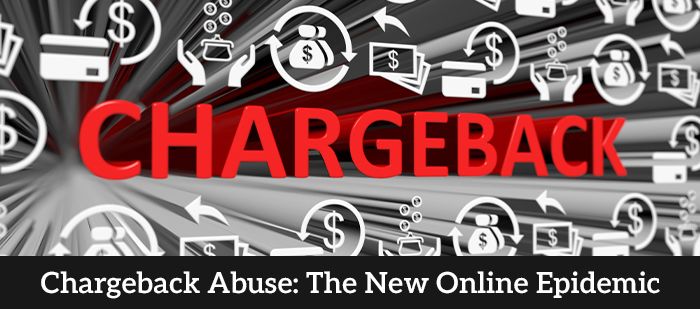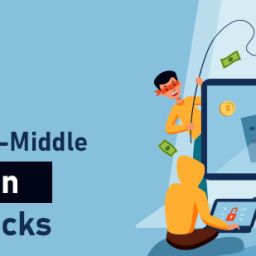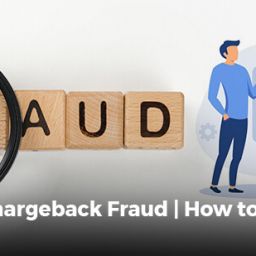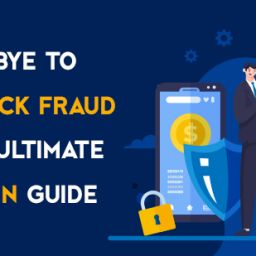
Chargeback abuse is a growing concern in the world of online transactions. What was once a mechanism designed to protect consumers from fraud has now become a tool for scammers to exploit businesses. This new online epidemic is spreading rapidly, leaving merchants vulnerable to financial losses and reputation damage. In this blog post, we will delve into the world of chargeback abuse, exploring what it is, its impact on businesses, how to identify the signs, strategies to combat it, and navigating the legal landscape of chargeback disputes.
Unpacking Chargeback Abuse: What It Is and How It Spreads
At its core, chargeback abuse involves consumers falsely disputing a credit card transaction to receive a refund while retaining the purchased goods or services. This fraudulent behavior exploits the chargeback mechanism, originally established to safeguard consumers against unauthorized transactions and merchant disputes.
The spread of chargeback abuse can be attributed largely to online forums and social media, where individuals exchange tactics and success stories, emboldening others to follow suit. As this information proliferates across the digital landscape, businesses across various sectors find themselves at an increased risk.
The ease with which consumers can request chargebacks, coupled with the anonymity of online transactions, further accelerates the spread of this malicious activity. This rapidly growing trend not only affects individual merchants but also contributes to a larger pattern of financial loss and distrust within the online marketplace, marking chargeback abuse as a significant threat to the integrity of e-commerce.
Some Related Blogs
- Why Your Business Needs Chargeback Insurance Today
- How to Effectively Handle a Stripe Chargeback
- Understanding the Essentials of Chargeback Protection
- The Benefits of Using a Chargeback Manager for E-commerce
The Impact of Chargeback Abuse on Businesses
The ramifications of chargeback abuse extend beyond the immediate financial hit to merchants. When a chargeback is filed, the retailer not only forfeits the sale’s revenue but is also slapped with processing fees which can accumulate quickly, eating into profits.
This financial strain is compounded by the fact that businesses are left with inventory loss when goods are not returned. Over time, a pattern of chargebacks can tarnish a merchant’s standing with payment processors and banks, leading to increased scrutiny.
Such scrutiny often results in heightened processing fees or, in more severe cases, the revocation of the ability to process payments entirely. The reputational damage from chargebacks can also erode customer trust, making it harder to retain loyal patrons and attract new ones.
This scenario creates a domino effect where increased operational costs, due to trying to mitigate further incidents of chargeback abuse, further diminish profit margins. As businesses grapple with these challenges, the overarching threat of chargeback abuse looms large, posing a persistent risk to the financial health and operational viability of merchants in the digital marketplace.
Identifying the Signs of Chargeback Abuse
To safeguard against the detrimental impacts of chargeback abuse, merchants need to be vigilant in recognizing its early warning signs. An abrupt or significant uptick in the frequency of chargebacks is often the first red flag. Such anomalies can be particularly telling if they deviate markedly from historical transaction patterns.
![]()
Email us anytime!
Email customer service 24/7
![]()
Call us anytime!
Reach customer care 24/7 at +1 (888) 901-8653
Additionally, businesses should scrutinize customer purchasing behaviors for irregularities, such as repeated high-value transactions from newly created accounts or orders that combine an unusual mix of products. Another indicator can be transactions that originate from geographical locations known for higher instances of fraud.
Employing meticulous record-keeping and analysis of transaction data plays a crucial role in identifying these red flags. By staying alert to these signals, businesses can take proactive steps to investigate suspicious activities, potentially stopping chargeback abuse before it results in substantial financial and reputational damage.
Strategies to Combat Chargeback Abuse
To mitigate the risks and repercussions of chargeback abuse, businesses must adopt comprehensive and proactive measures. Incorporating detailed descriptions and high-quality images of products can significantly reduce misunderstandings and disputes.
As customers have a clearer expectation of what they are purchasing. Implementing a robust tracking system for shipments ensures that both the merchant and customer can monitor the progress of their orders, reducing the likelihood of chargebacks due to non-receipt claims.
Another pivotal strategy involves setting clear and transparent return policies. By making these policies easily accessible and understandable, customers are more likely to follow the proper channels for returns or complaints rather than resorting to chargebacks. Engaging in open and responsive customer service is equally crucial. Promptly addressing customer inquiries and complaints can often resolve issues before they escalate to chargebacks.
For transactions that present a higher risk of chargeback abuse, merchants might consider requiring signatures upon delivery. This adds an additional layer of verification that the product was indeed received by the customer.
Furthermore, businesses should continuously educate themselves on emerging trends in chargeback fraud and adapt their prevention strategies accordingly. Participating in merchant forums and attending relevant webinars can provide valuable insights and tactics for staying ahead of fraudsters.
By implementing these strategies, businesses can create a more secure transaction environment, thereby reducing the incidence of chargeback abuse and safeguarding their profits and reputation in the competitive online marketplace.





